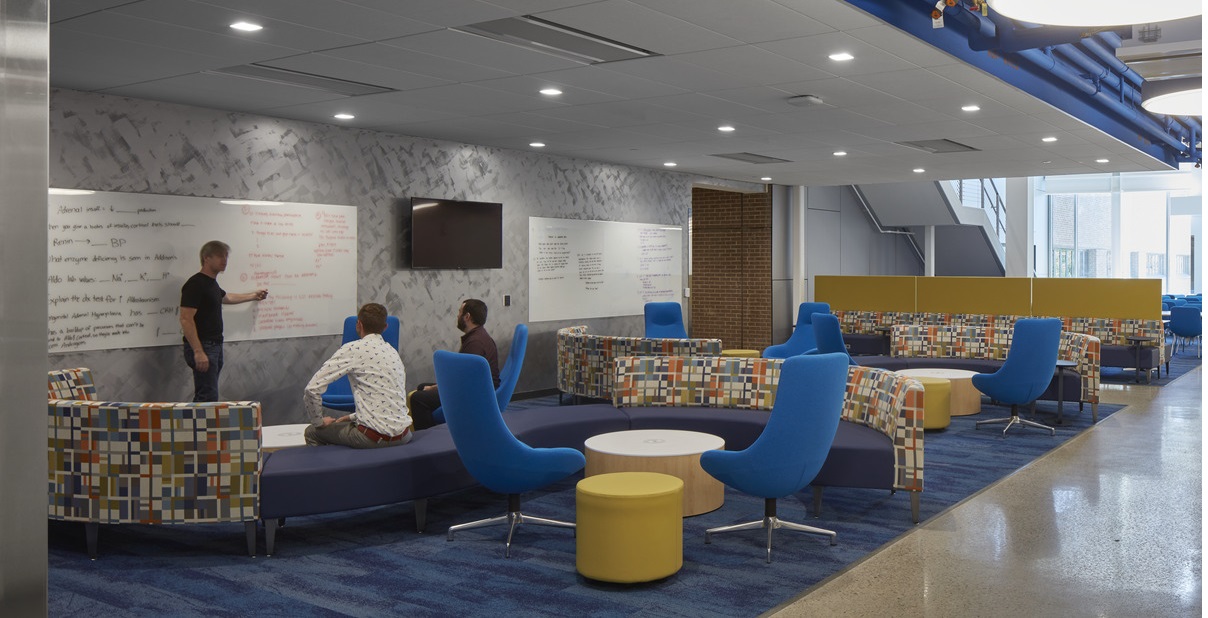
We polled higher education institutions across the country – asking what they value in planning and utilizing their STEM spaces.

We polled higher education institutions across the country – asking what they value in planning and utilizing their STEM spaces.
As colleges and universities reimagine their futures through Public-Private Partnerships (P3), design has a critical role to play at the very start. When architecture and engineering are integrated early, goals clarify, risks shrink, and opportunities multiply. HED helps align academic mission with development strategy before commitments are locked in. From future-ready infrastructure to spaces that attract talent, we build more than buildings—we shape ecosystems. Because success in innovation districts begins with intentional, mission-driven design.
Future-proofing is a strategic approach that architects and builders use when designing buildings. The concept is all about predicting potential future challenges— anything from environmental pressures, such as extreme weather conditions, to societal changes, like new technology demands.
By anticipating these factors, a building can remain functional and relevant, even as times change. The goal is to prevent a building from becoming obsolete or outdated, ensuring it can serve its purpose for many years to come. Download our top 4 tips for future proofing your next building below!
Designing student housing for higher education institutions involves balancing flexibility, durability, cost, and the social dynamics of student life.
At the recent 2024 Campus Home. LIVE! ACUHO-I conference, three key debates emerged from surveying attendees — wardrobes versus built-in closets, lofted versus grounded beds, and private versus shared living quarters—each have significant implications for cost and facilities planning. Each presents pros and cons worth considering when discussing student living unit design.